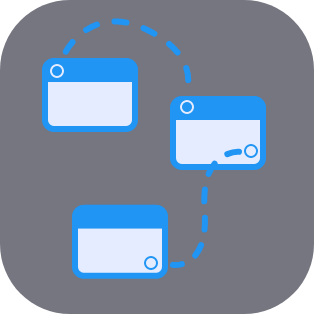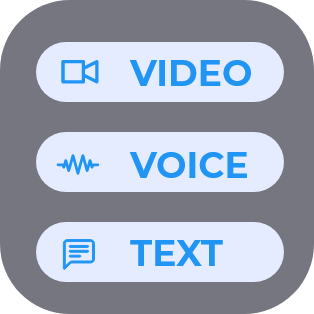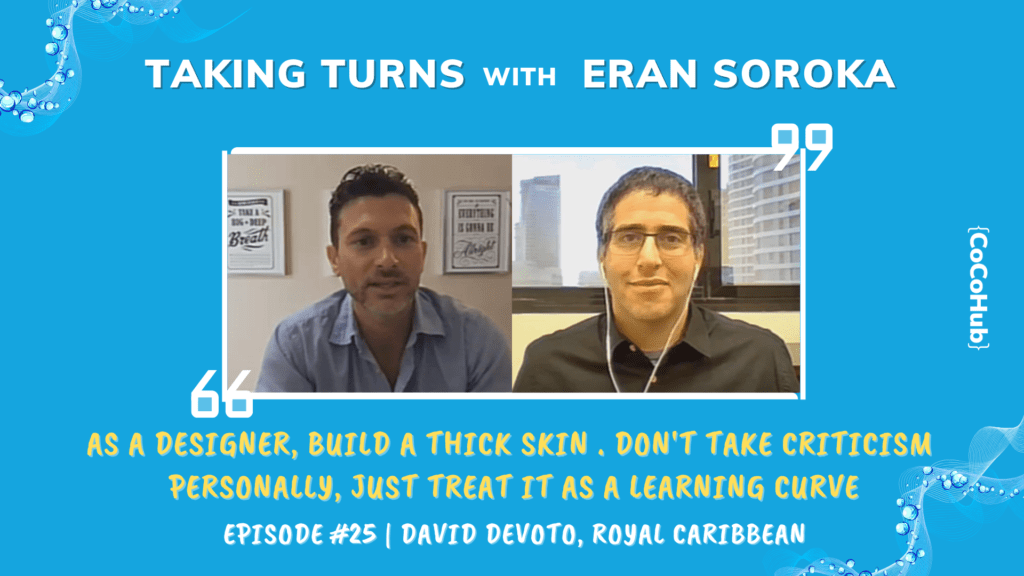Customer journey became a buzzword over the last decade or so, when digital marketing became a must for every company and business in the world – the travel industry included. Now, coming to design a travel chatbot, David DeVoto – working for Royal Caribbean, the largest (revenue-wise) cruise company in the world – is in the middle of his own journey – to become a conversation designer.
In the 25th episode of Taking Turns, we caught him – preparing for the re-launching of his company’s adventures after being halted by the Coronavirus crisis – and heard from him about finding his place among his marketing team, and taking the best practices from endless hours with customers and travelers, into creating the best travel chatbot.
Can you tell us about your journey, to being the person in charge of the travel chatbot?
That’s quite a long journey. To give a basic background, I work in Royal Caribbean for many years. So, I worked on ship as a head of security. Cruise ships being a total, unique kind of environment, required me to have strong skills in communication, problem solving and customer service. So a huge part of my job was basically to talk to people when they’re not at their best.
While talking to people, I have to design conversations to make sure that I lead them to the right way. Furtherly, I have to trigger – or not – certain kind of emotion.
Moreover, what helped me a lot in that was the fact that I can speak a few languages. Since in every language there is a lot of culture, it helps me to help them.
We get you in a rare situation, where you are transferring to a role in conversational AI. Can you tell us how your previous experience is helping you create the travel chatbot, and what are your main challenges?
Actually, I could transfer those aforementioned skills to designing the travel chatbot nowadays. While making the transition, there were several big challenges. First, to step out of my comfort zone. While I was on the cruise, I had a network, I knew my job, and I was very comfortable with that.
Now, stepping out to a new world of technology is hard, because you start from zero, and everything is new. Also, time management was hard for me. When you start to learn something, you discover different terminology and tools, and you have to learn all of them.
Previously on Taking Turns | To the full playlist
* What’s the connection between UX, localization and chatbots?
* Lorena Restrepo creates trust between a digital bank and its customers
* Saba Khalid creates change for Pakistani girls

Okay. What’s the most important thing, in your opinion, for a travel chatbot, when you’re coming to create this experience?
It’s the million dollar question. I can speak from the customer’s side, in which I could point out 5 main points, talking to a travel chatbot:
1. Remember the customer’s data
As a customer, I found myself talking with the chatbot for 5-10 minutes, then being transferred to a customer agent and having to repeat myself all over again. When thinking from the customer’s viewpoint, the feeling of wasting your time is very frustrating.
2. Make is accessible for everybody – including the disabled
While the awareness of accessibility raised in the last few years, it’s still not enough. Now, evaluations show that about 15% of the world population has disabilities. Even if it sounds like “just” 15%, nobody is allowed to leave those 15% aside. So you have to take them into consideration. In those 15%, I believe that they don’t include temporarily disabled people – because an accident or operation, for example. So a chatbot needs to be accessible for everyone.
3. Be transparent about your use of the data
During the chatting, we’re giving a lot of data. Over the last few years, there where security breaches in which data was taken and sold. So the chatbot should be able to let the person know which kind of data exactly will be taken from him, where the data goes and what’s happening with it.
4. Personalize the conversational experience
While it’s nice that the chatbot remembers my name, it’s not enough. As a human, you look for empathy. As a result, the chatbot’s persona should be different talking to person in distress and in some technical issue.
Also, even though the chatbot might be in English, it’s different speaking to an Israeli customer than to a Canadian one. While the answer might be the same, the delivery of the answer should be in a different way.
5. Communicate the fact that you’re a chatbot
It’s very important for the customer to understand that he speaks with a travel chatbot – and not with a human – from the beginning. Then, if the chatbot can’t understand a few paragraphs – it also has to be told. In advance, warn the user, before the person describes all their experience or frustration.
For instance, the chatbot says – “Describe, in approximately 20 words or a few sentences, what happened, and what do you expect from me?”. It’s a lot easier than to have a full paragraph and then the chatbot says, “I’m sorry, I don’t understand that, we’ll transfer you to a live agent”.
How can conversational AI make the travelers’ experience better? And how do you plan to use it on the Royal Caribbean’s travel chatbot?
During this last year, we’ve been helped by the fact that lots of people were forced to use technology. Basically, a lot of people that we’re not trusting technology found themselves using it more.
As a result, it became very prevalent in our life. So, technology might be able to reduce lines, increase revenue, reduce cost. I remember I was reading a book called “Sprint” from Jack Knapp. There, they were talking about introducing a robot to deliver room service. Their main concern was how the customer will react. What will you do when you open the door and you see a robot instead of human? However, I feel like today people are more used and more confident to speak with technology.
Soon, I want to believe, we’ll go back to business. So hopefully when we start to go back to operation, we can slowly slowly introduce more technology into the industry. Hopefully as a conversation designer of the travel chatbot, I will help everybody.
As a conversation designer in process, as I would say, what is the best tip for advice that you can tell people that are also embarking on a journey like yours?
Run! (laughing)
Don’t be scared to step out of your comfort zone, don’t be shy to reach out to people. Basically, put your ego aside, although it can be hard sometimes.
First you start to design, you spend a lot of hours on a prototype and a design. Then you get feedbacks or criticism that basically show you how unready is your design. In this case, don’t take this personally, just treat it as a learning curve. Similarly, treat rejection – maybe some people might not answer to you, it’s okay. As a designer, you are building a thick skin.
Other than that? Enjoy it, don’t rush. Because I feel like designing it’s not only job, it’s also a lifestyle. In the end, no matter what you will do, you will really impact people’s lives. For the good or for the bad.
Take your time, enjoy. Find that middle ground between business and actually helping people, so there is a win win situation for everyone. Finally, reach out to people. There is an amazing community of designers that are always ready to help and assist. Hopefully, once you become a designer, you will give back and be reachable for new designers.
Next week, another episode of Coming To Terms with Miri is coming your way! Hungry for more? Join our newsletter | Follow us on YouTube | LinkedIn | Twitter | Facebook | Instagram | Or join our communities on Discord & Meetup












